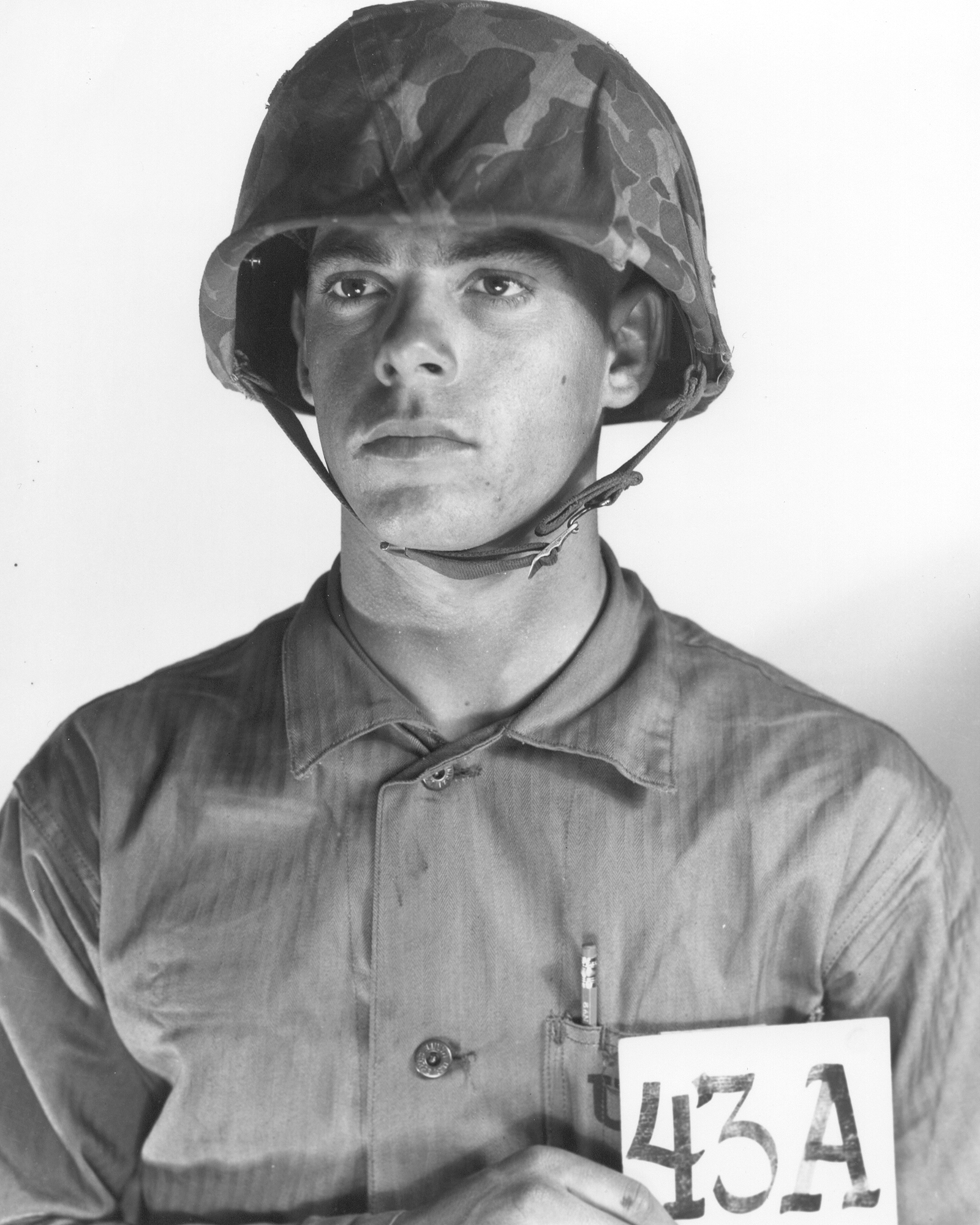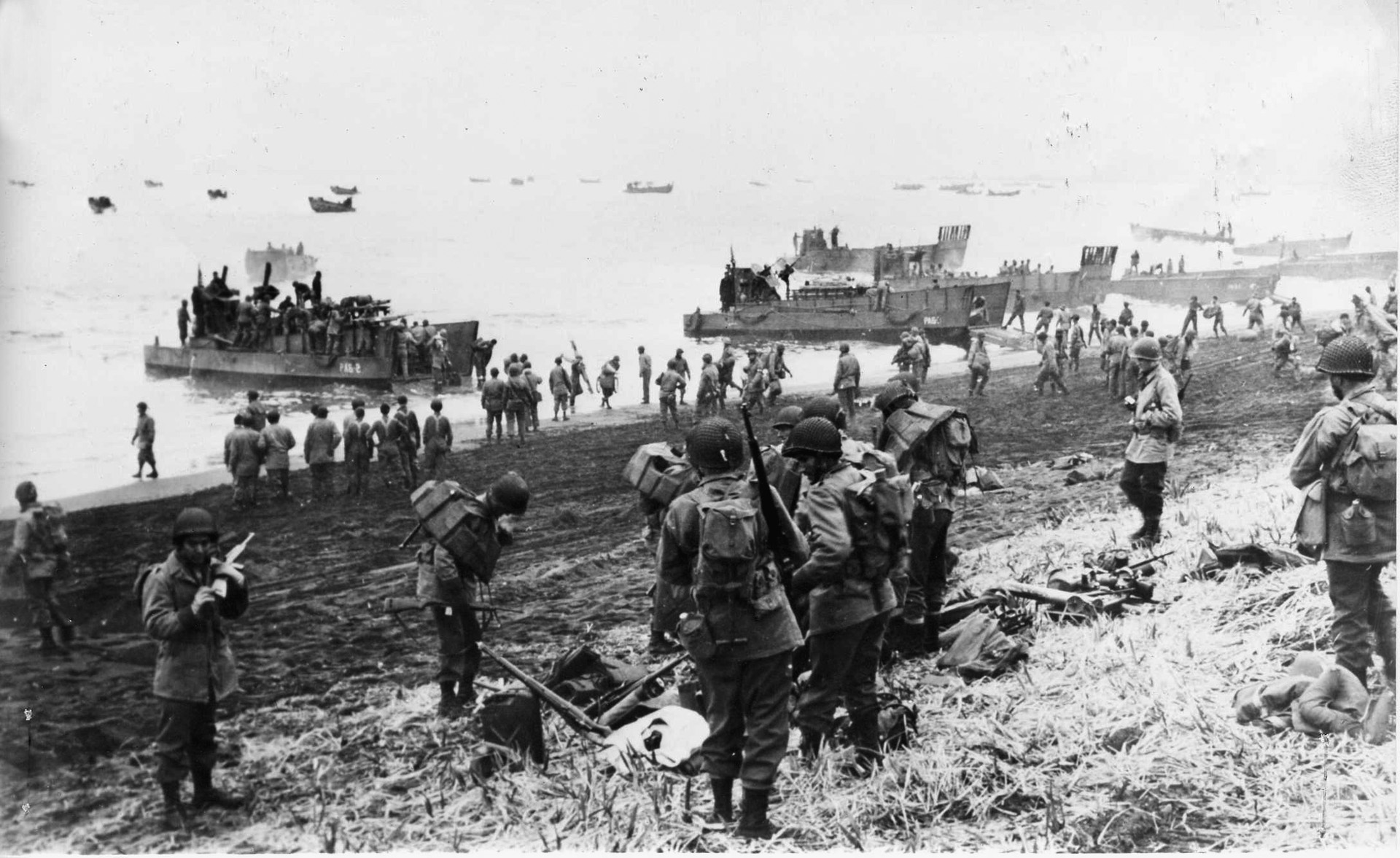D-Day, marked on June 6, 1944, stands as one of the most significant military operations in history, both in terms of impact and of scale, involving the Allied invasion of Normandy during World War II. While many know the basic details of this colossal event, there are numerous lesser-known facts that highlight its complexity and the incredible human stories behind the operation. Here are five such fascinating and little-known facts about D-Day that contribute to our understanding of this pivotal day.
Marines landed on D-Day
In fact, they landed on multiple beaches with the US Army, the British, and the Canadians. As a result, at least two Marines were awarded medals for valor. Granted, it was only a handful, and the Army and Navy deserve the lion share of the credit, but facts are facts.
Multiple "D-Days" in Military History
The term "D-Day" is widely recognized as the specific date of the Normandy landings, but it has often been used in military vernacular to denote the day an operation or event is set to begin. For instance, the invasion of Sicily in 1943, also known as Operation Husky, had its own D-Day on July 9. The use of "D-Day" helps to standardize planning documents without revealing exact dates.
Artificial Ports Were Constructed
One of the most innovative aspects of the Normandy invasion was the creation of Mulberry Harbors: artificial ports constructed to facilitate the rapid offloading of cargo and troops. These temporary harbors were built in Britain, towed across the English Channel, and assembled off the coast of Normandy, playing a critical role in the logistics of the operation, as they were crucial to the Allies' ability to sustain the invasion forces.
A Weather Forecast Played a Crucial Role
The success of D-Day was heavily dependent on the weather, as such operations often are, and the Allies had to choose the perfect window to avoid disaster. The operation was originally scheduled for June 5 but had to be postponed due to unfavorable weather conditions. Weather data was collected by Ms. Maureen Flavin, a 21 year old Irish postal clerk, which was sent to Allied Forces Europe, which was the starting line for the now famous decision by Group Captain James Stagg, the chief meteorological officer, to recommend June 6 as a marginal but acceptable weather window. Her data and his forecasting allowed for the largest amphibious invasion in history to take place.
"Ghost Army" Diversion Tactics
The Allies used innovative tactics to deceive the Germans about the location and timing of the actual landings. A group known as the "Ghost Army," consisting of inflatable tanks, fake radio transmissions, and dummy paratroopers, was deployed to mislead German forces. “Ruperts”, which resemble a life sized burlap ginger bread man, filled the skies with parachutes to complete the illusion. This operation, known as Operation Fortitude, was highly successful in convincing the Germans that the main invasion force would strike at Pas de Calais, not Normandy.
The Vital Role of French Resistance
The French Resistance played an instrumental role in the success of D-Day. In the months leading up to the invasion, resistance fighters engaged in sabotage operations against German communications and transport routes. Their efforts were crucial in disrupting German responses and movements on the day of the invasion, as well as collecting valuable intelligence that helped shape the Allies' strategies.
D-Day remains a testament to the bravery, ingenuity, and coordination of all involved, from strategic planners to frontline troops. The operation not only marked a turning point in World War II but also demonstrated the effectiveness of international cooperation, and that historical perspective only serves to provide a deeper appreciation of the challenges faced and the meticulous planning required to pull off such a monumental feat. Each year as we remember this historic day, it's important to acknowledge these aspects that contributed to its success and the eventual end of the war in Europe.



%201.svg)










